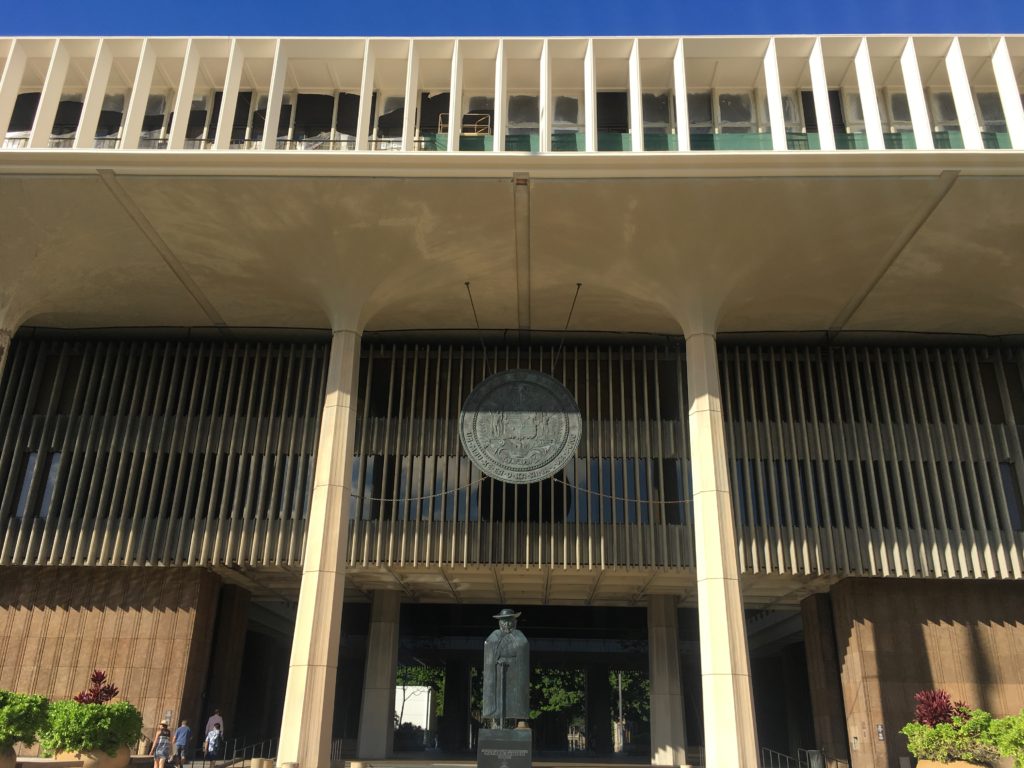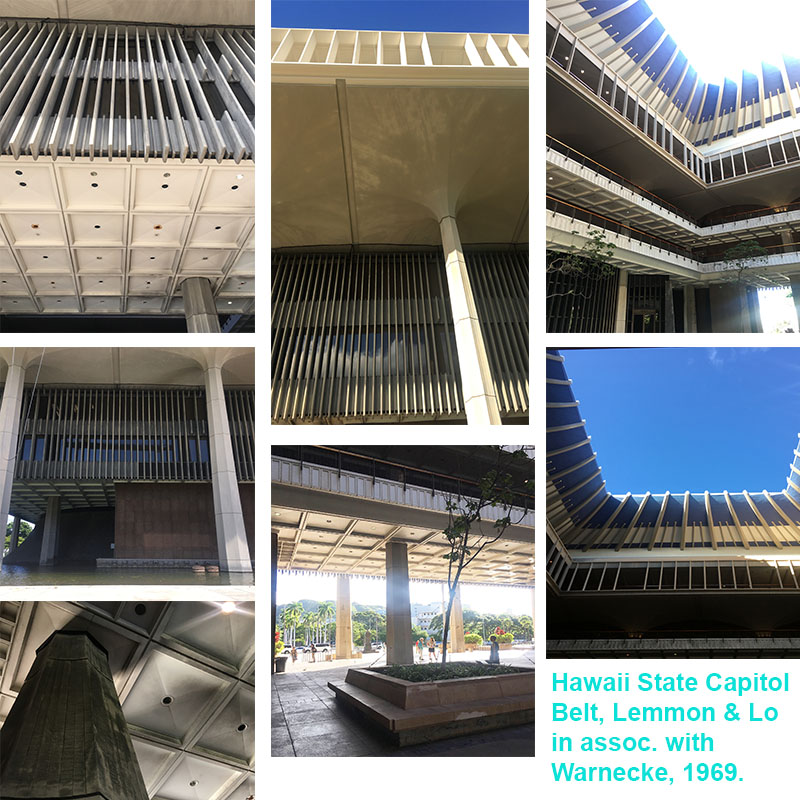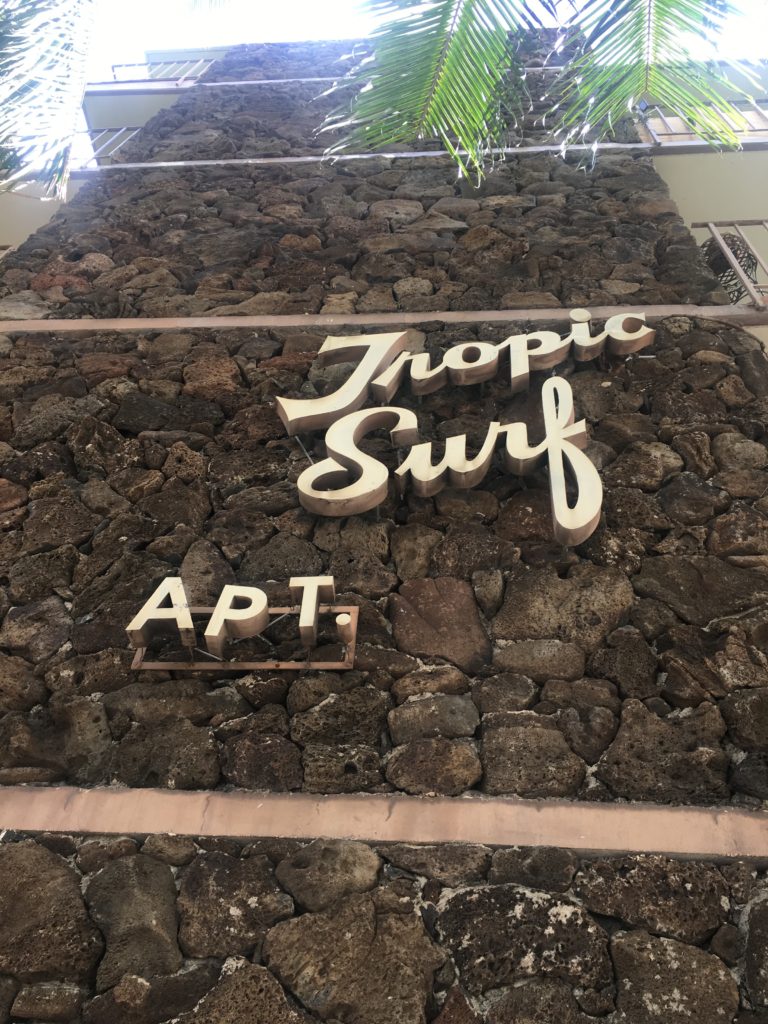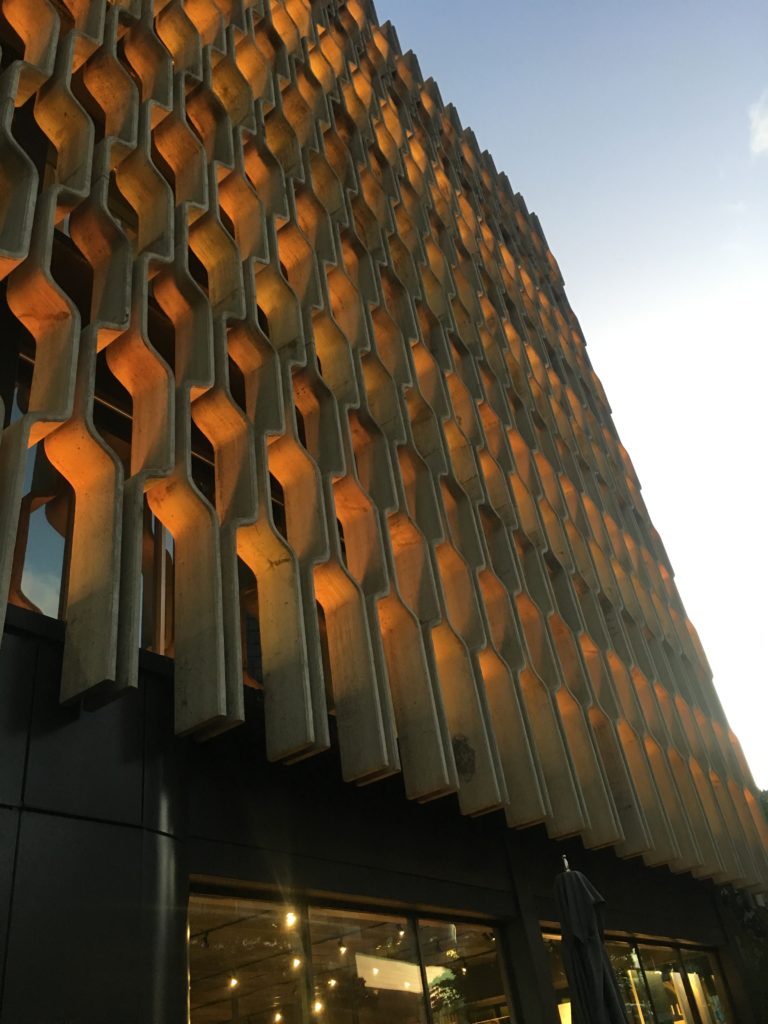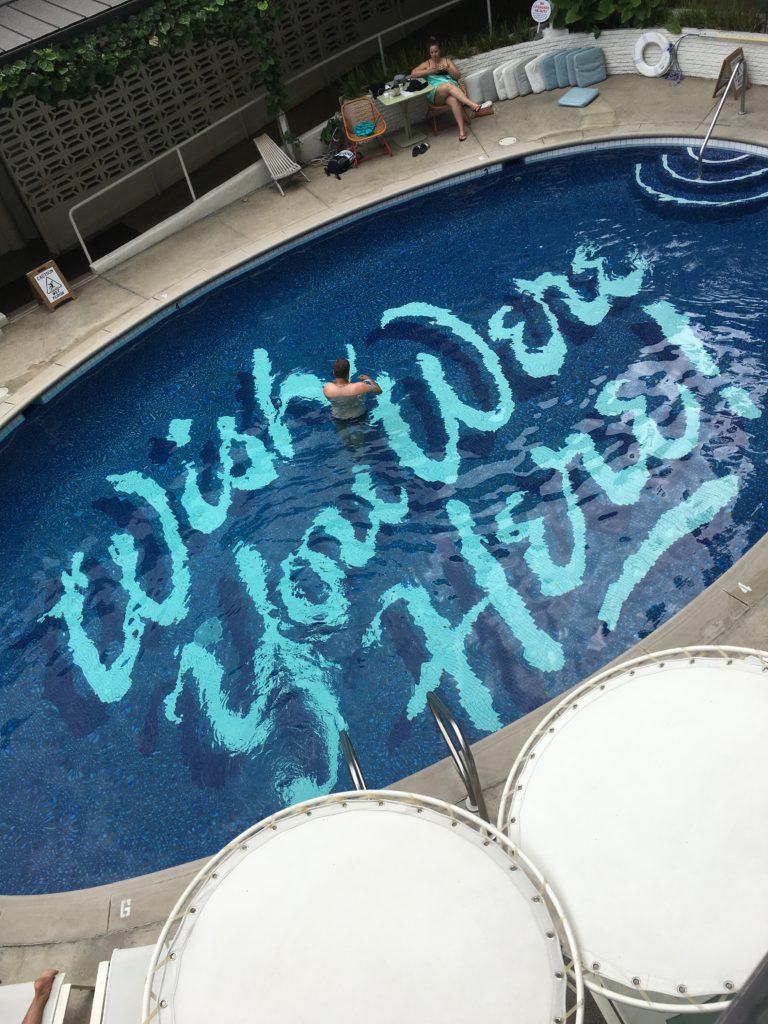
This summer Julia Kramer had the opportunity to participate in a paid internship at PMA. It has been a delight to have Julia working with all levels of staff at PMA to assist with our sustainability initiatives for historic properties. In addition to working as an intern, Julia is a graduate teaching assistant at Portland State University. She is currently in her third and final year of completing her Master of Architecture Degree & Graduate Certificate in Urban Design at Portland State University. Julia is a member of the Society of Architectural Historians, the Architecture Lobby, Portland Chapter, and Women Also Know History.
Describe the focus of your internship at PMA. What aspects of your internship opportunity have you enjoyed most?
The focus of this internship is spread out into several initiatives PMA is making towards sustainability. I am working on collecting resources for an upcoming presentation, making connections in the local community for opportunities to recycle demolition waste, finding innovative processes to recycle or reuse of demolition waste, and looking at innovative strategies in creating and monitoring efficient building envelopes in historic buildings. Overall, the aspect of this internship I am enjoying the most is learning how historic preservation plays a crucial part in the design of sustainable buildings and cities, and all of the fascinating technologies that contribute to the actualization of those spaces.
Has your internship changed your perspective on historic preservation, or working with existing resources?
Absolutely! Throughout my architectural education, I have found myself consistently interested in architectural history. It wasn’t until recently that I understood what I am truly passionate about is Historic Preservation. I have found that my work as a creative person, an activist, and community member can be best expressed through working in Historic Preservation. This work allows me to use my knowledge and passion of architecture, art, and history, to actively support communities and cultures, seek sustainable solutions that work with the already built environment, and overall offers creative challenges that continually spark my curiosity.
How will your internship experience influence your studies when you return to school?
As a student in my third and final year at PSU I will begin my thesis project in the Fall and am considering a few topics, all related to historic preservation. Through this internship I have gained invaluable tools including new knowledge, resources, mentors and connections with real leaders in this field.
Do you have a favorite aspect about architecture or historic preservation?
My favorite aspect of architecture and historic preservation is that I have the privilege of doing work I truly believe in. As an architectural designer with a passion for historic preservation I seek to be a collaborative member in the design, redesign, and celebration of cities and their citizens. I believe to do so, it is important to recognize the memory and heritage of each space, and seek to preserve, teach, and tell the histories and narratives of those spaces.
Do you have any tips for working remotely for a new firm during these pandemic/quarantine times?
Working for a new firm during these pandemic/quarantine times has gone really well. I believe it has a lot to do with the small firm culture that exists at PMA. I have felt like a recognized member of the firm, am asked how I am and what I am up to every morning during our zoom meeting, and have been reached out to by all members of the firm at some point. Even taking our lunch breaks together over zoom sometimes. I think the effort put into those small aspects have made a great impact in creating a sense of firm community.

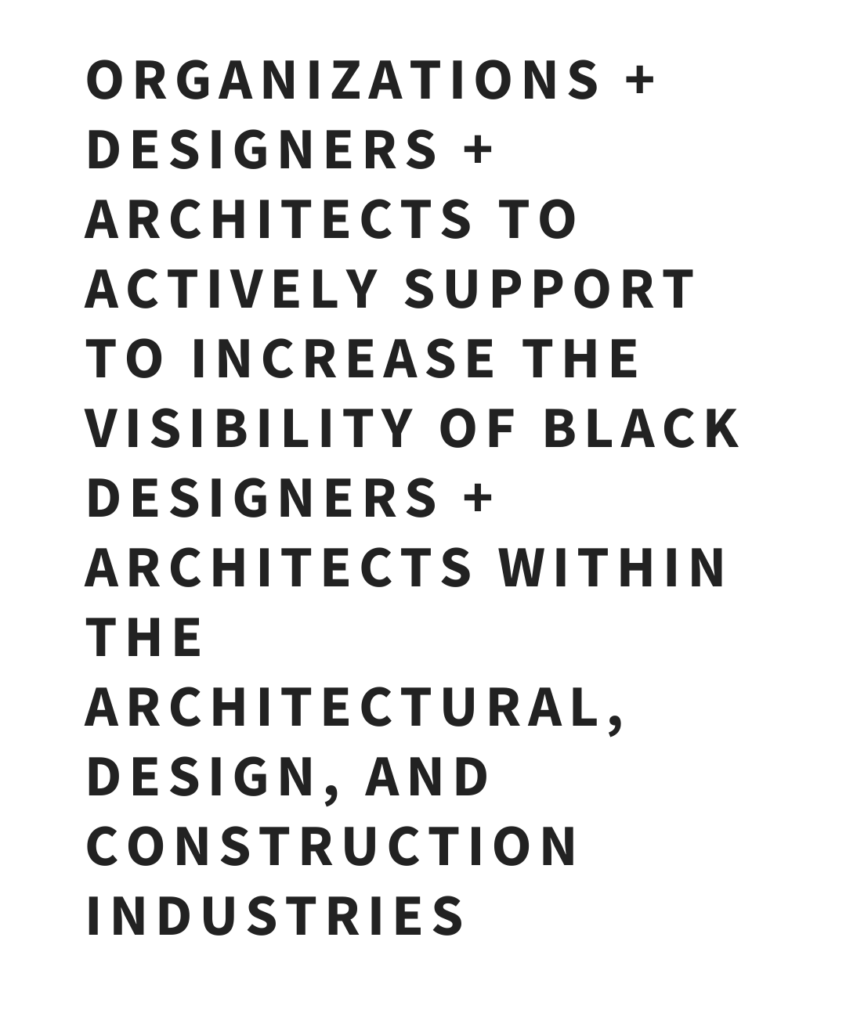


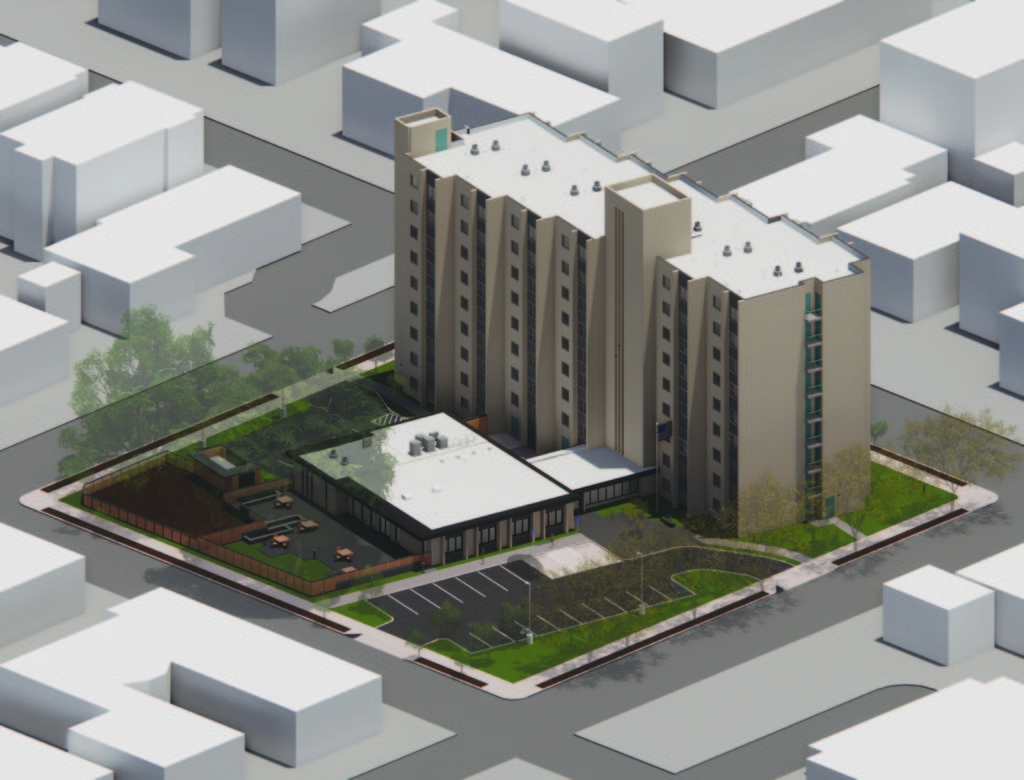
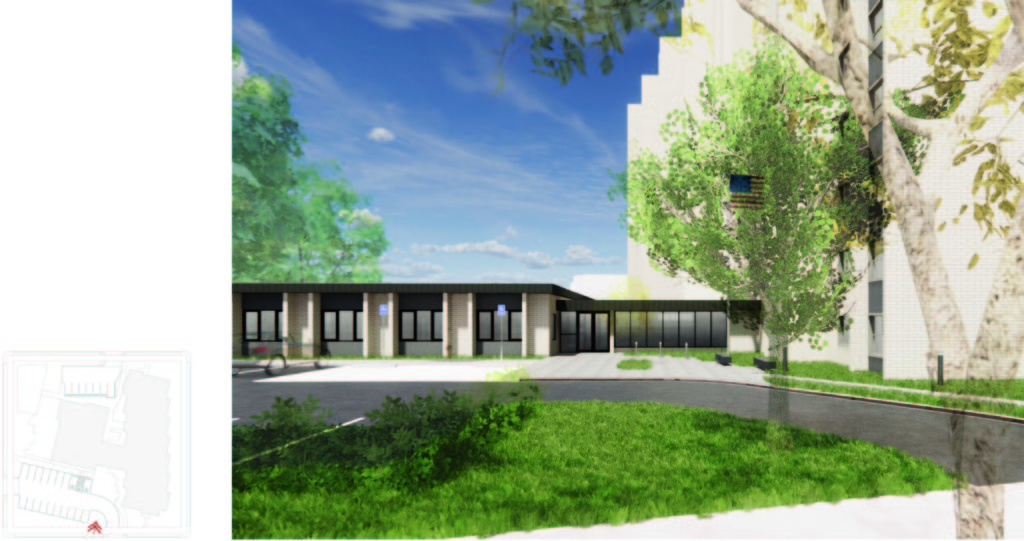
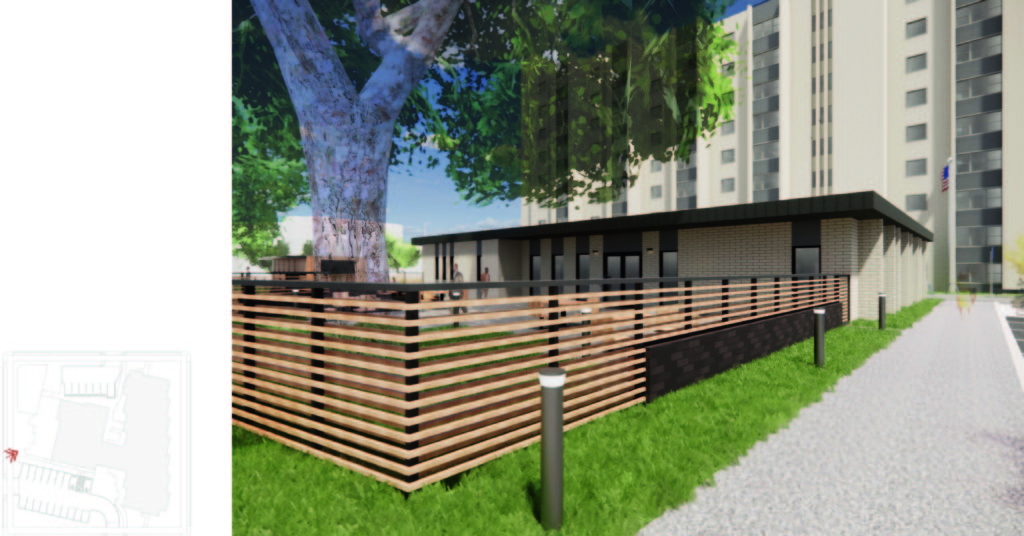
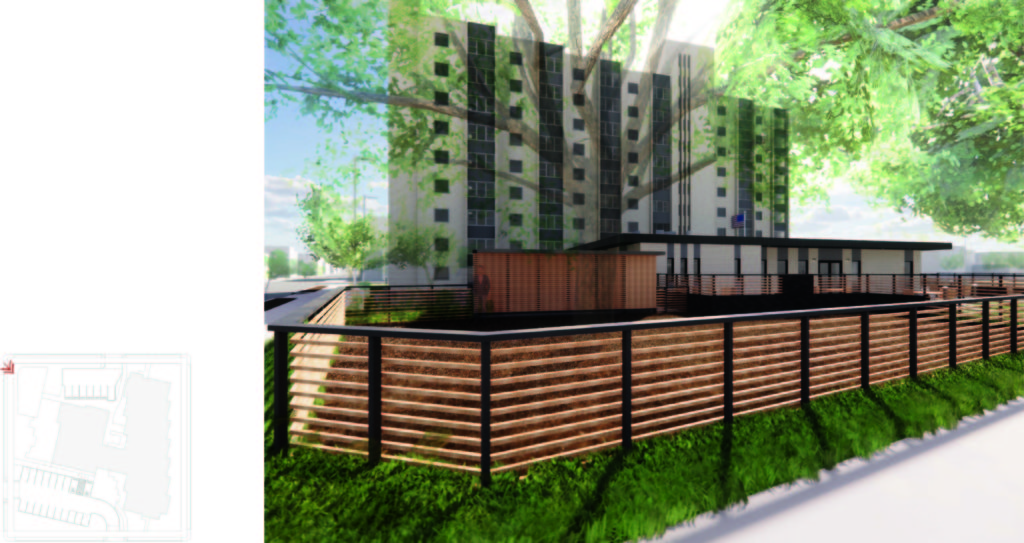
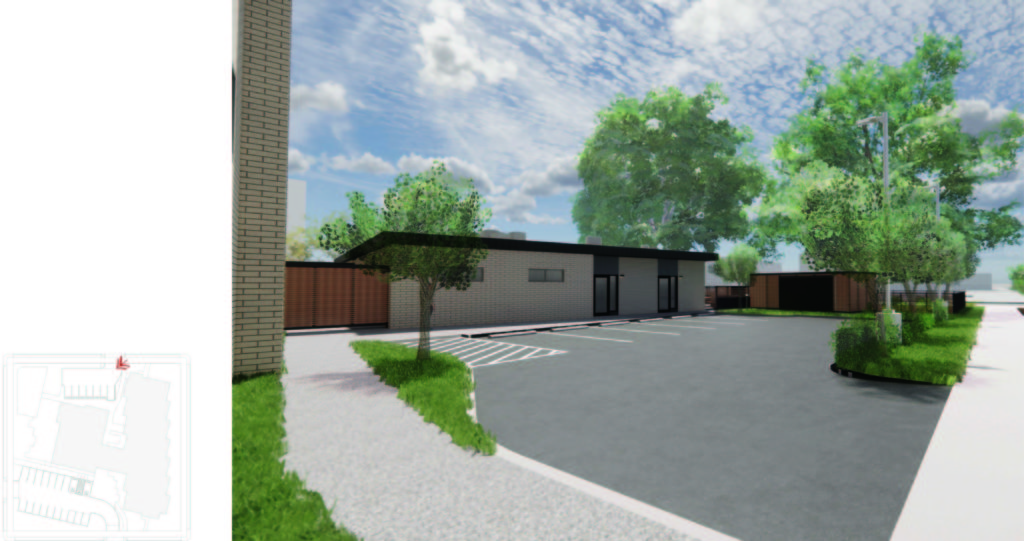
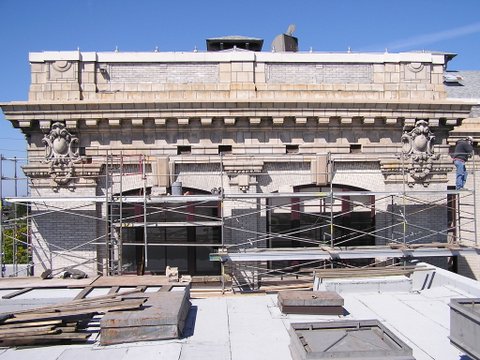
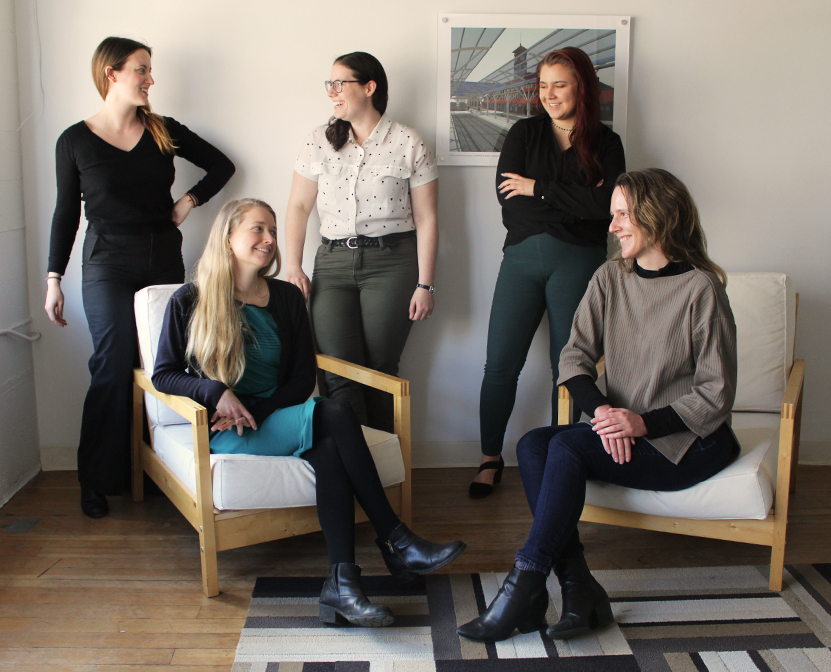 March is Women’s History Month, and we thought it fitting to celebrate the women that shape, contribute to, and inspire every aspect of our practice. Actively engaging in a more inclusive and equitable work place is an integral part of our firm philosophy. This is reflected by the 71% female representation across all levels of staffing at PMA. Below is a snapshot of the women at PMA, from what they contribute to, how they spend time outside of the fast-pace world of architecture and design.
March is Women’s History Month, and we thought it fitting to celebrate the women that shape, contribute to, and inspire every aspect of our practice. Actively engaging in a more inclusive and equitable work place is an integral part of our firm philosophy. This is reflected by the 71% female representation across all levels of staffing at PMA. Below is a snapshot of the women at PMA, from what they contribute to, how they spend time outside of the fast-pace world of architecture and design.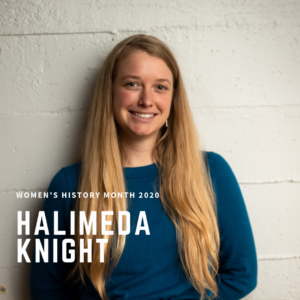 ROLE: Associate / Architectural Designer
ROLE: Associate / Architectural Designer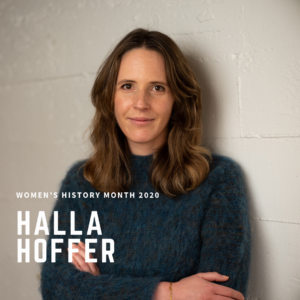 ROLE: Associate / Architect
ROLE: Associate / Architect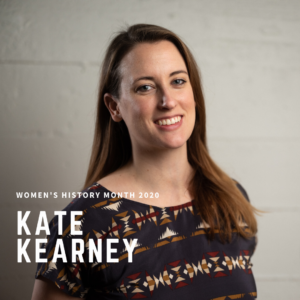 ROLE: Associate / Marketing
ROLE: Associate / Marketing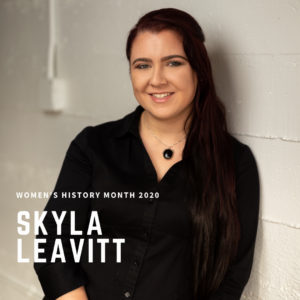 ROLE: Architectural Designer
ROLE: Architectural Designer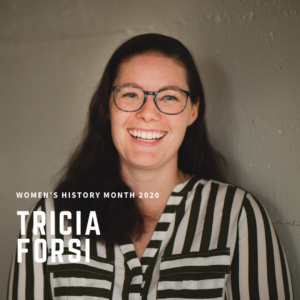 ROLE: Preservation Planner
ROLE: Preservation Planner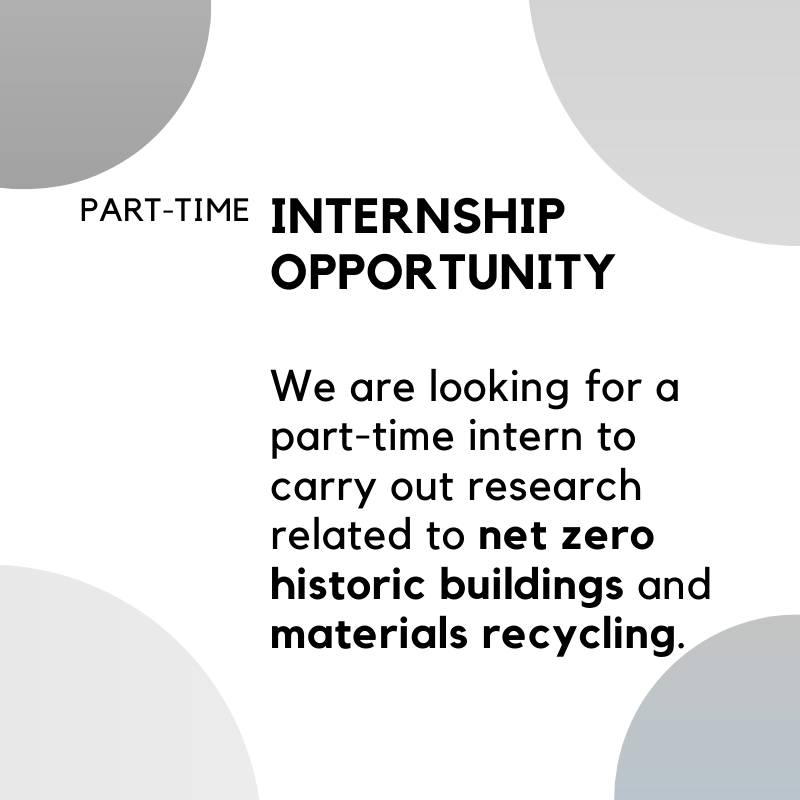 From historic to existing built infrastructure, our goal is to strengthen and enhance properties and sites that already exist. We bring together people who share our vision of delivering projects that contribute to and enhance our built environments. We are looking for individuals that share in our joy of working with owners, agencies, and other consultants, in meeting the challenges of re-investing in properties to create long-term success.
From historic to existing built infrastructure, our goal is to strengthen and enhance properties and sites that already exist. We bring together people who share our vision of delivering projects that contribute to and enhance our built environments. We are looking for individuals that share in our joy of working with owners, agencies, and other consultants, in meeting the challenges of re-investing in properties to create long-term success.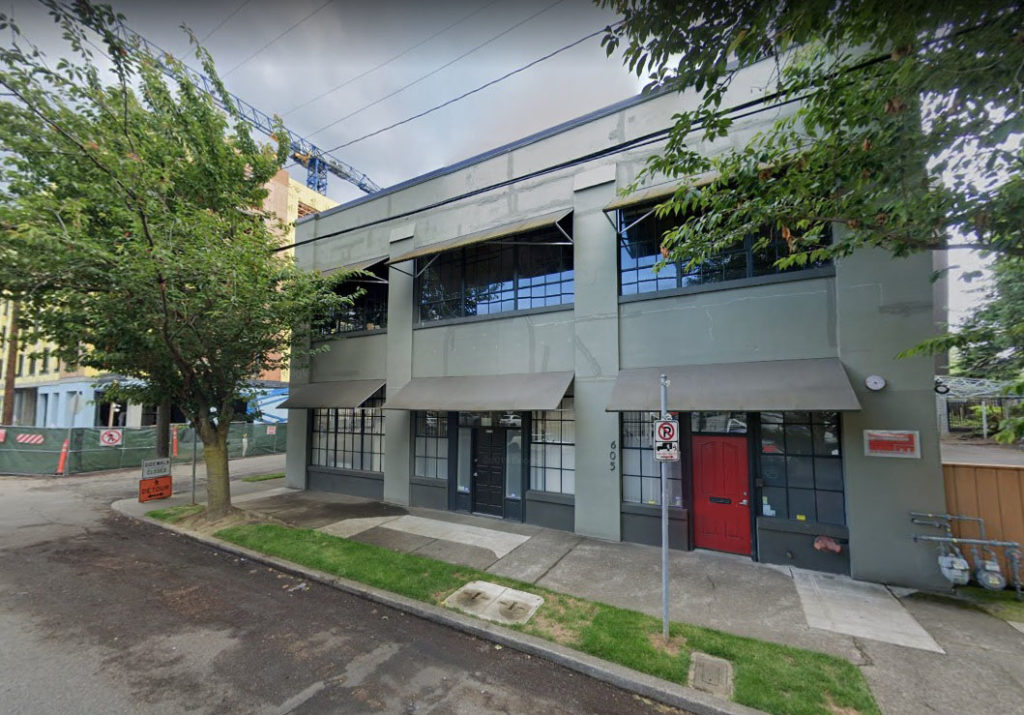
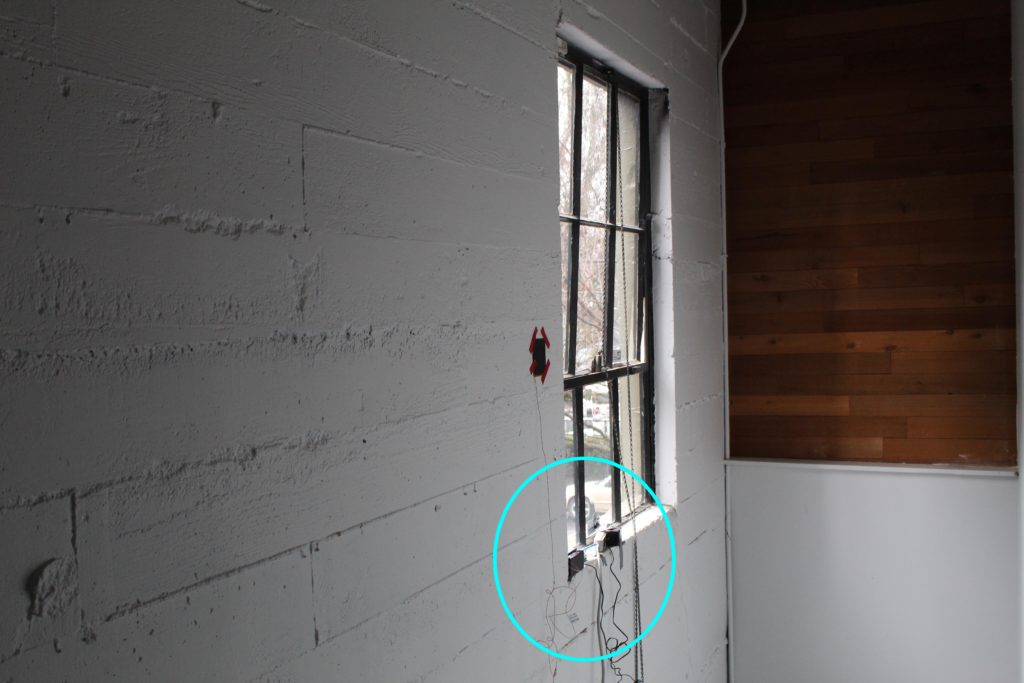
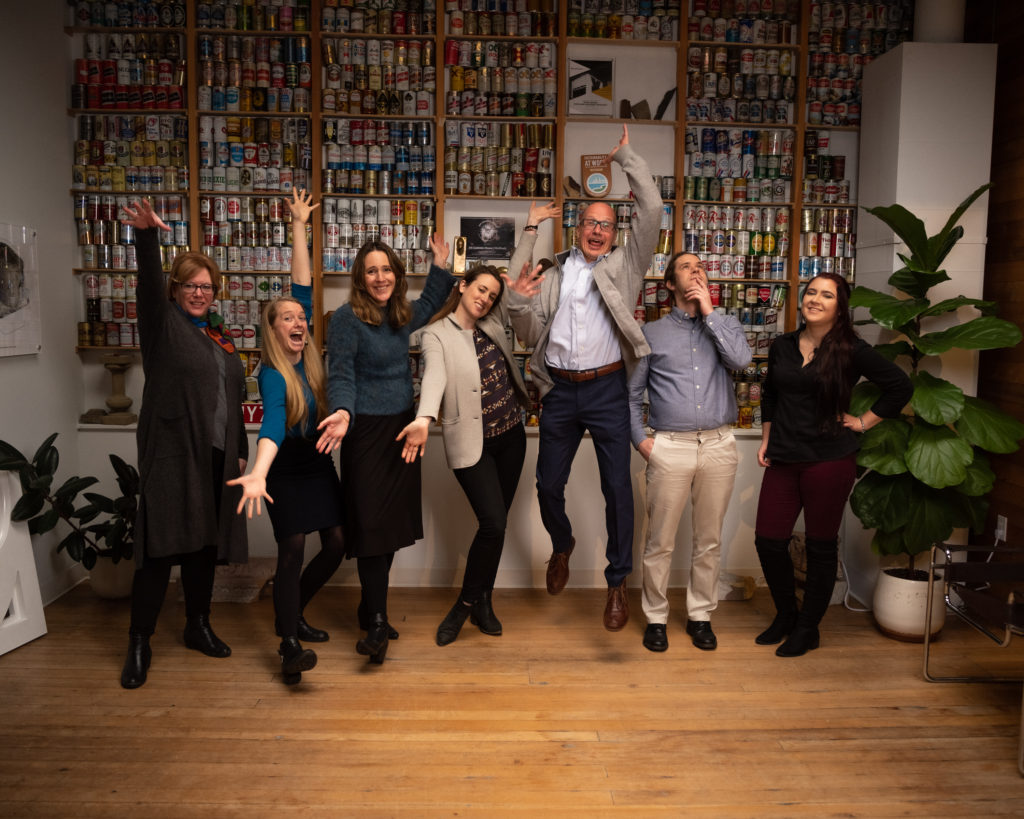
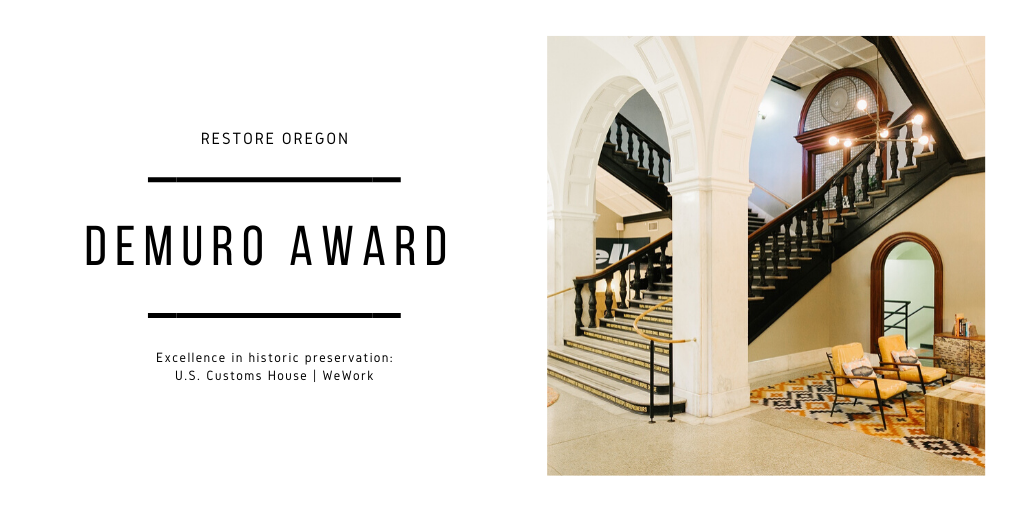
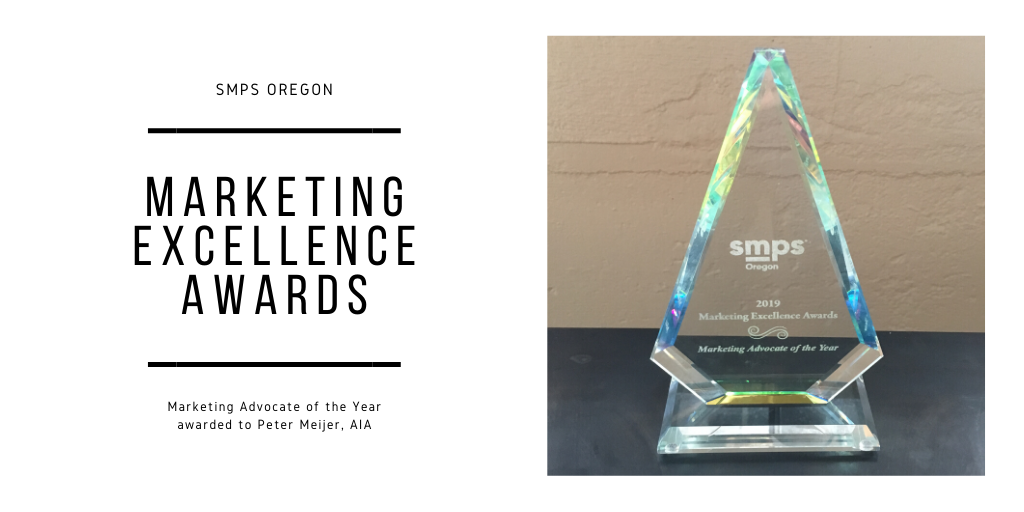
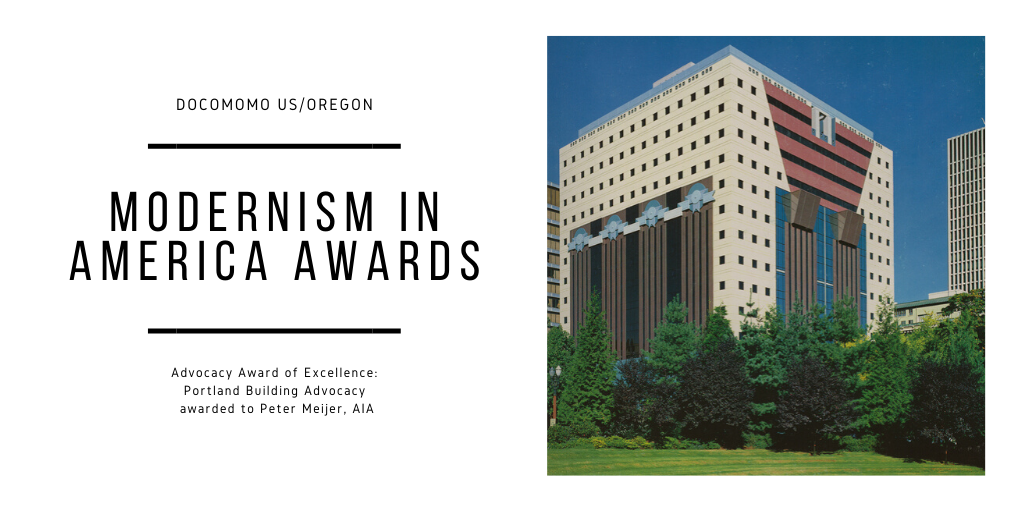

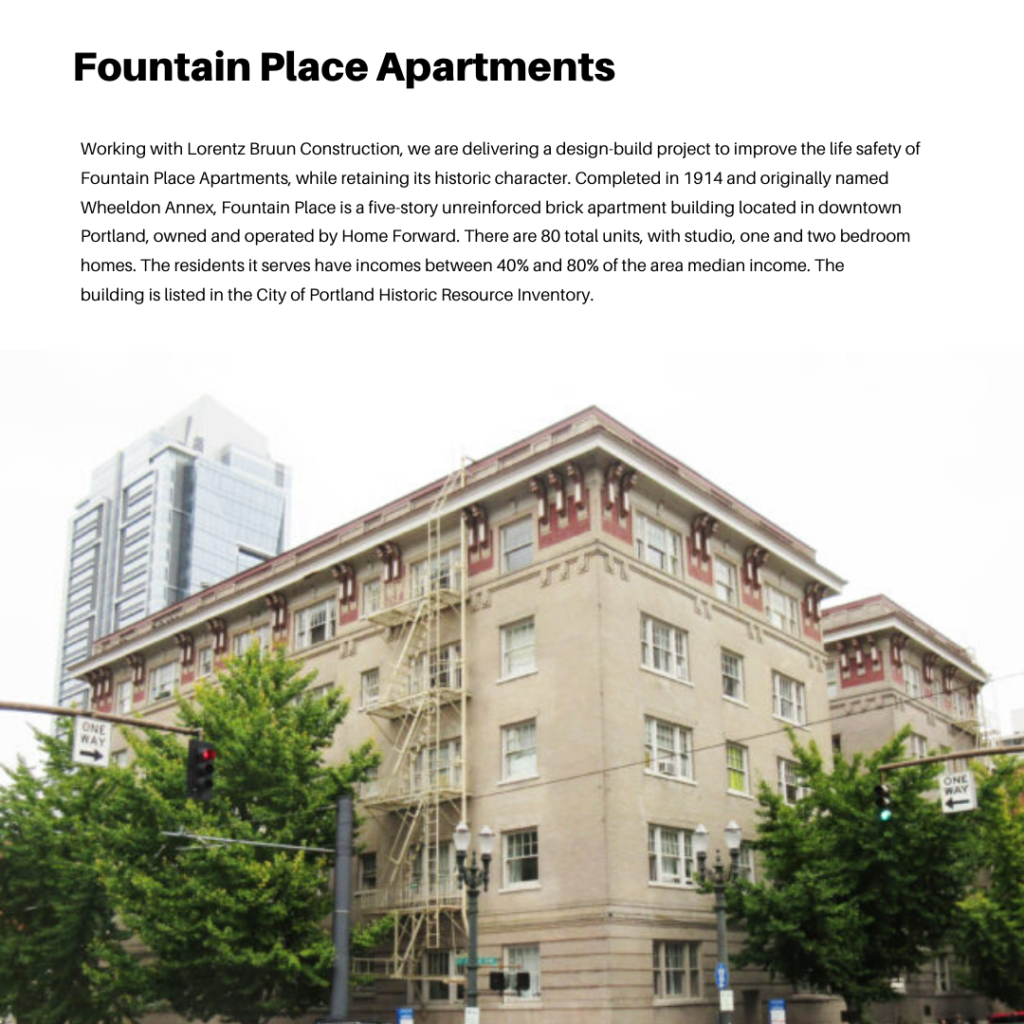
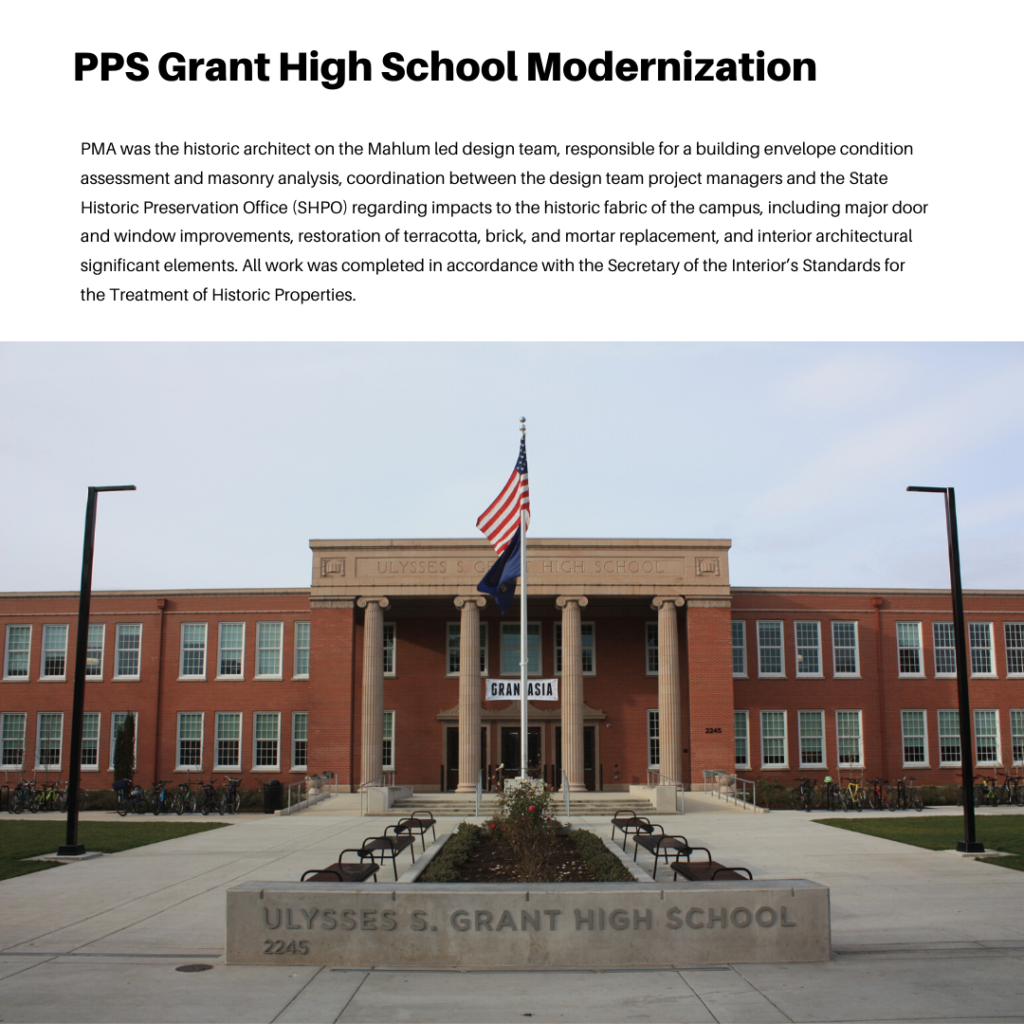
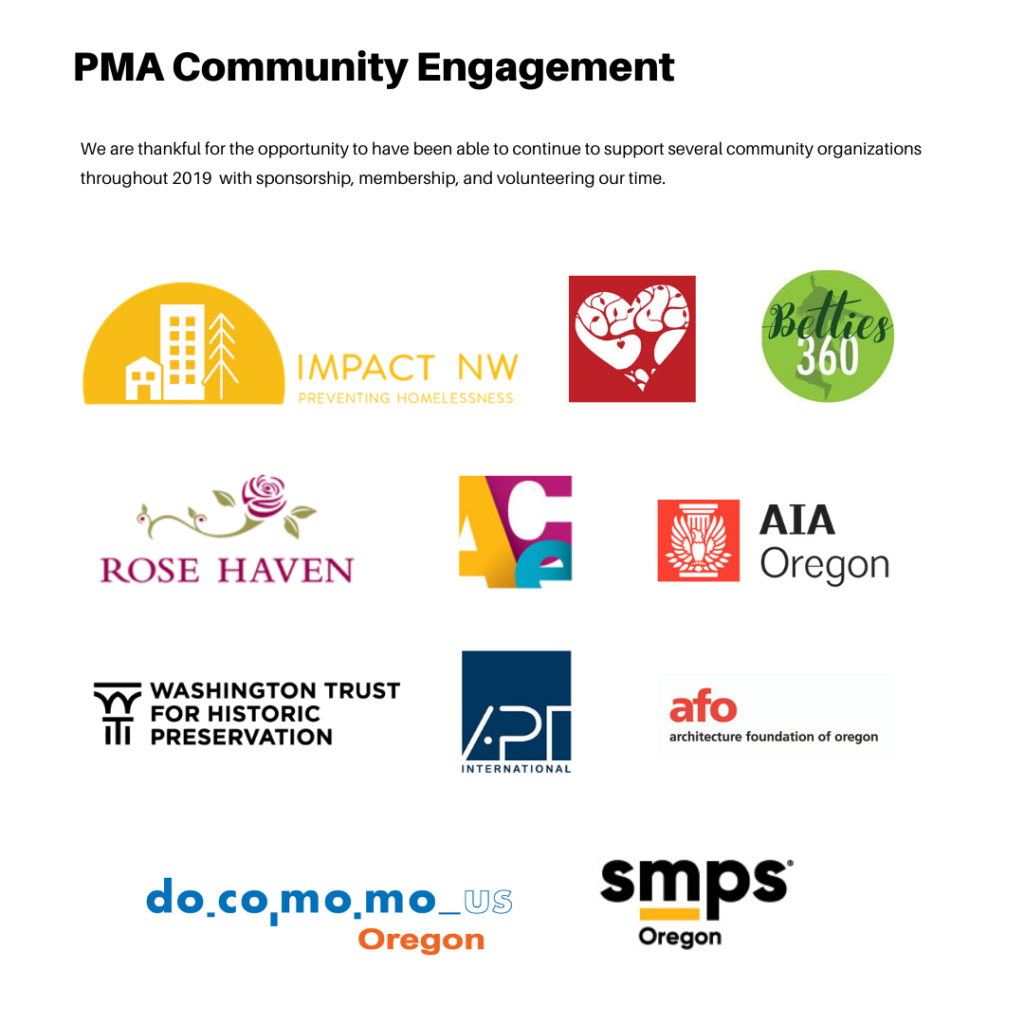
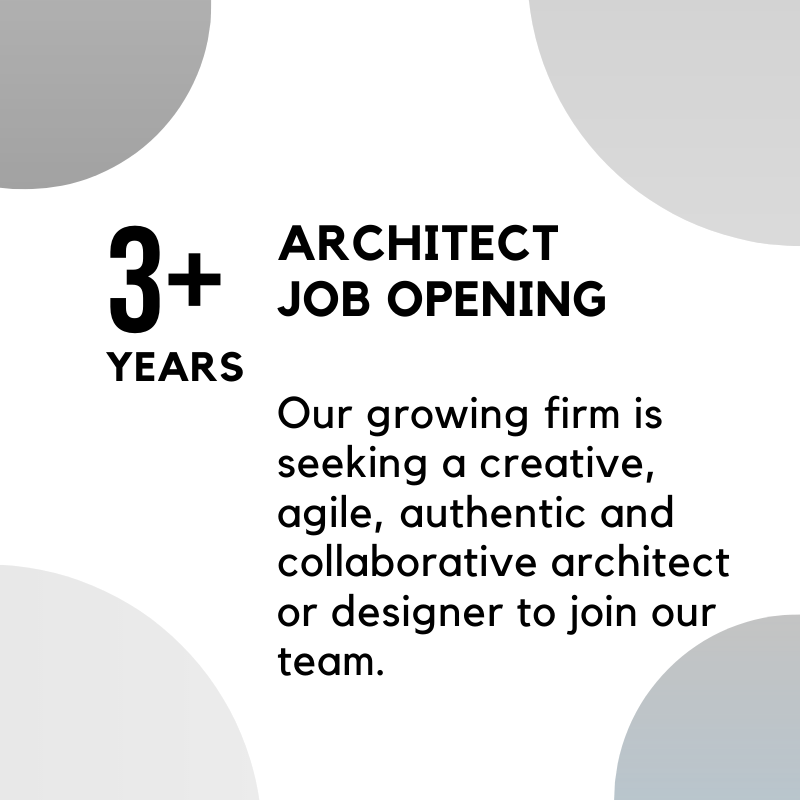 At Peter Meijer Architect, PC (PMA), we integrate Design, Science, and Preservation. Founded in 2003, PMA provides our clients with professional architectural design, building envelope science, and preservation planning services throughout the Pacific Northwest with a core focus on existing and historic buildings.
At Peter Meijer Architect, PC (PMA), we integrate Design, Science, and Preservation. Founded in 2003, PMA provides our clients with professional architectural design, building envelope science, and preservation planning services throughout the Pacific Northwest with a core focus on existing and historic buildings.